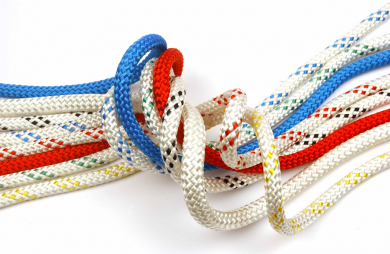As one of the leading providers of braided rope we think it’s important to know all there is to know about the products that we sell. So we’ve compiled this brief history of rope braiding at Ropes Direct to give you some idea of the origins of twisted rope. Read on for rope-related facts.
Where did braided rope originate?
You have to look back to prehistoric times to find the first examples of braided rope. Studies have shown that early examples of rope were made from twisted vines and grasses that were knotted together and it’s likely that every rope was made by hand. It was during the Egyptian era though, around 2000BC, that rope making really started to become popular. At that time the Egyptians spun reeds and fibres together on a hand-held spindle and were the first people to use equipment in the manufacture of braided rope.
How did rope braiding develop?
Skip forward towards the medieval era in Great Britain and rope making was popular, by 1100AD long sections of rope were made in long rope walks. During the Tudor times it was quite common to make rope in the home and people made money by braiding ropes and selling them locally. Move on a few hundred years and by the Victorian era rope factories were busy churning out high volumes of braided rope. New technology meant that large numbers of rope could be spun in factories and mills ready to be shipped around the world.
Rope braiding in the modern era
From the 1950s onwards rope braiding has benefitted from modern materials like nylon and polyester. Today it’s mass-produced using state of the machinery although traditionalists still like to make hemp rope by hand. Synthetic materials make the rope stronger, more pliable and it give it more elasticity as well. This means the rope we sell at Ropes Direct is tough and strong and perfect for a wide range of uses!

